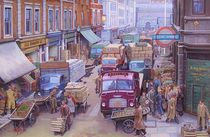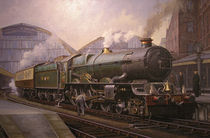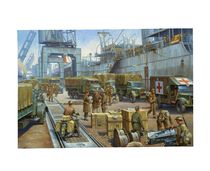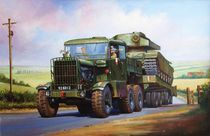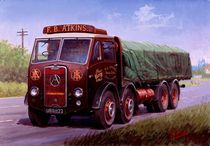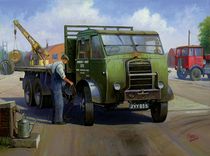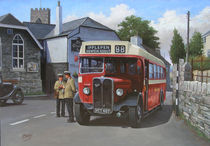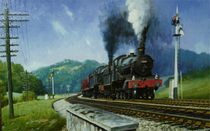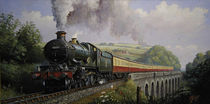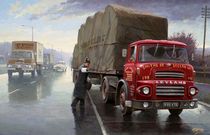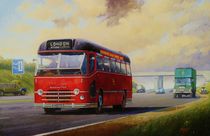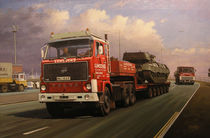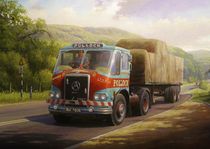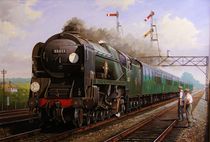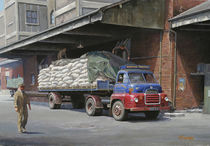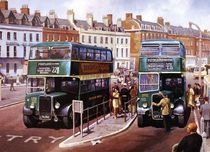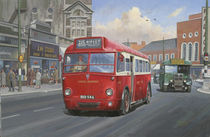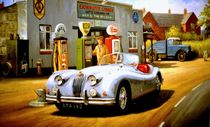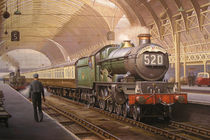This page requires some cookies for the shop functionality, but there are also cookie, that are only used for marketing. Please accept the use of cookies. For more information, look at Privacy Policy
Mike Jeffries
One of the old school who paints what he loves best, regarded by some as Britain's leading commercial vehicle artist he is also a very credible railway artist and the only one with direct hands on experience of life on the footplate in the days of steam.
To see a painting of your favourite vehicle by an acknowledged master of capturing its true essence go to www.transportartist.co.uk today!
Sadly Mike passed away in November 2020 but I will carry on, on his behalf, if you have any questions I will do my best to answer you, regards Sue
About > Activities
Mike Jeffries
has uploaded
Covent Garden market.
Mike Jeffries
has uploaded
KG5 at Paddington.
Mike Jeffries
has uploaded
Devon General AEC Regal.
Mike Jeffries
has uploaded
The 52nd Lowland at Cherbourgh 1940.
Mike Jeffries
has uploaded
REME Scammell tank transporter.
Mike Jeffries
has uploaded
Atkins Atkinson.
Mike Jeffries
has uploaded
GPO Foden DG.
Mike Jeffries
has uploaded
Devon General local.
Mike Jeffries
has uploaded
Storming Dainton bank.
Mike Jeffries
has uploaded
Castle on Broadsands viaduct.
Mike Jeffries
has uploaded
Ministry check.
Mike Jeffries
has uploaded
Midland Red motorway express.
Mike Jeffries
has uploaded
Lumsden's Volvo at Dover.
Mike Jeffries
has uploaded
Pollock's Atkinson.
Mike Jeffries
has uploaded
Merchant Navy at Brookwood.
Mike Jeffries
has uploaded
Knowle's Bedford Stype.
Mike Jeffries
has uploaded
Kings Statue Weymouth.
Mike Jeffries
has uploaded
London Transport Q type bus.
Mike Jeffries
has uploaded
Jaguar XK 140.
Mike Jeffries
has uploaded
Paddington arrival.



